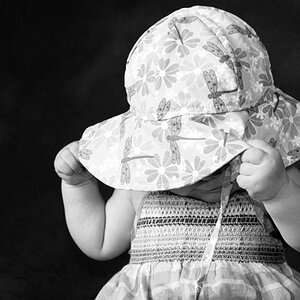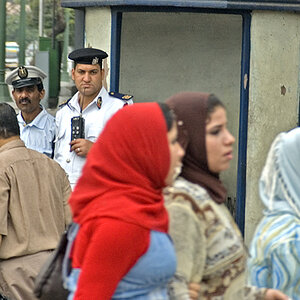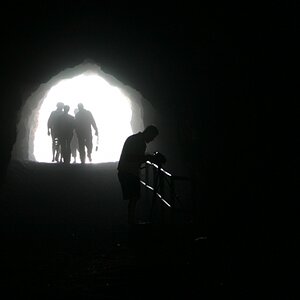SimpleSimon
TPF Noob!
- Joined
- Aug 27, 2013
- Messages
- 8
- Reaction score
- 0
- Location
- Australia.
- Can others edit my Photos
- Photos OK to edit
Now testing NI-MH AA Batteries that i use in my Canon Speedlite 430EXii. This includes Quality batteries and eBay batteries.
See Forum Post Here --> http://www.thephotoforum.com/forum/...i-aa-rechargeable-ni-mh-batteries-tested.html
Cheers.
Simon..
See Forum Post Here --> http://www.thephotoforum.com/forum/...i-aa-rechargeable-ni-mh-batteries-tested.html
Cheers.
Simon..



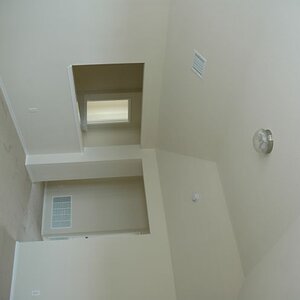


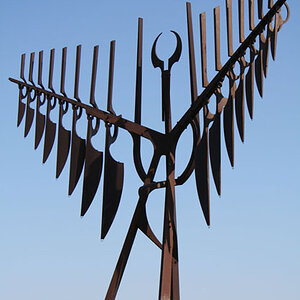
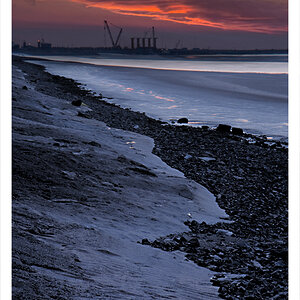
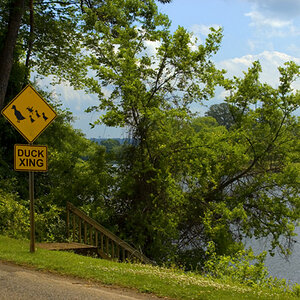
![[No title]](/data/xfmg/thumbnail/34/34071-9d82cc63ea930e951f24480c250e35d1.jpg?1619736266)
